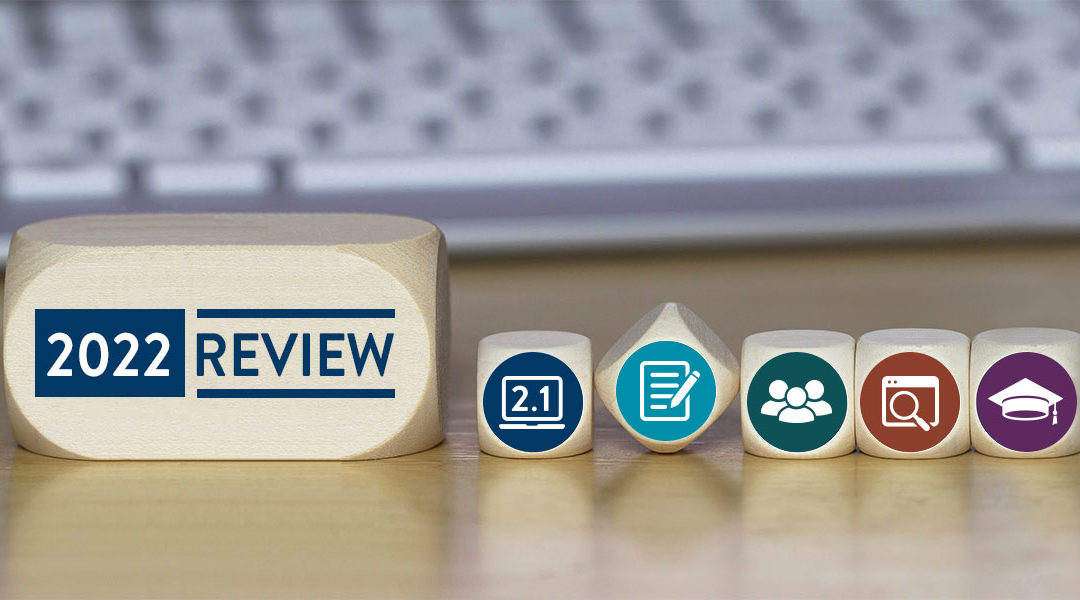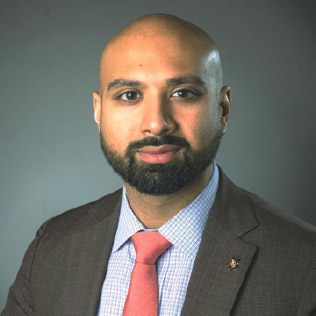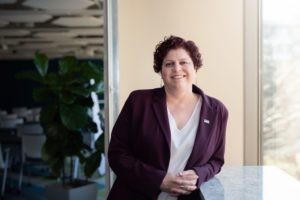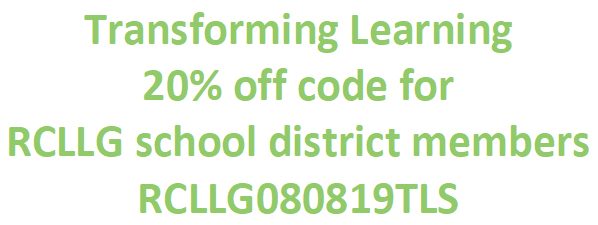By Jay Wyant, Chief Information Accessibility Officer
Working from home has gotten comfortable. Our dog waits for me to sit at the kitchen table with my coffee so he can lay at my feet while I work. The downside is the lack of casual conversation. The sort where one person says to another:
“So, another December, another year. What did you do this year?”
“Whew! It was really, really busy! So good of you to ask! How about we sit down for a cup of coffee and I can tell you all about it?”
So grab your beverage and let’s take a quick look back.
WCAG 2.1
3 years after WCAG 2.1 became official, we assembled a team of experts from different agencies with a variety of skills and backgrounds to see if the state should add these criteria to the State Accessibility Standard. The standard derives its authority from 2009 state law that required it comprise, at a minimum:
- Web Content Accessibility Guidelines (WCAG) 2.0
- Section 508 of the Rehabilitation Act of 1973, as amended in 1998.
The law also made provisions for adding revisions and updates.
In 2022, the team members carved out spare time over 6 months to dive into the nuances of each criteria to understand:
- How did the criteria support end users?
- What might technology and content creators have to do differently?
While team members all agreed that WCAG 2.1 is a good thing, there is concern about the ability of our tools to support the criteria. Ultimately, the team unanimously agreed to:
- Support adding it to the state standard.
- Seek feedback about tools and processes to enable conformance.
To get buy-in from IT and agency leaders, the team planned three presentation and feedback sessions open to all state employees:
- General Introduction to WCAG 2.1, for all audiences.
- WCAG 2.1: Deep Dive, for project managers, product owners, and technology creators such as web and app developers and document remediators, and anyone working on a mobile app.
- A Case Study, for all audiences.
The team contracted with WebAIM for the first two presentations. CapTech, a consulting company, volunteered to present their experiences for the case study.
After each session, attendees responded to a survey that asked, among other questions,
- Should the State plan to adopt 2.1 as part of its state accessibility standard?
- How much time do you need to prepare?
- Which WCAG 2.1 success criteria would you like more training or guidance on?
The first two surveys had over a 30% response rate. We’re still reviewing the data but overall it is extremely positive. We’ll post an update once we know our next steps.
Read the full article at https://mn.gov/mnit/media/blog/?id=552503.














